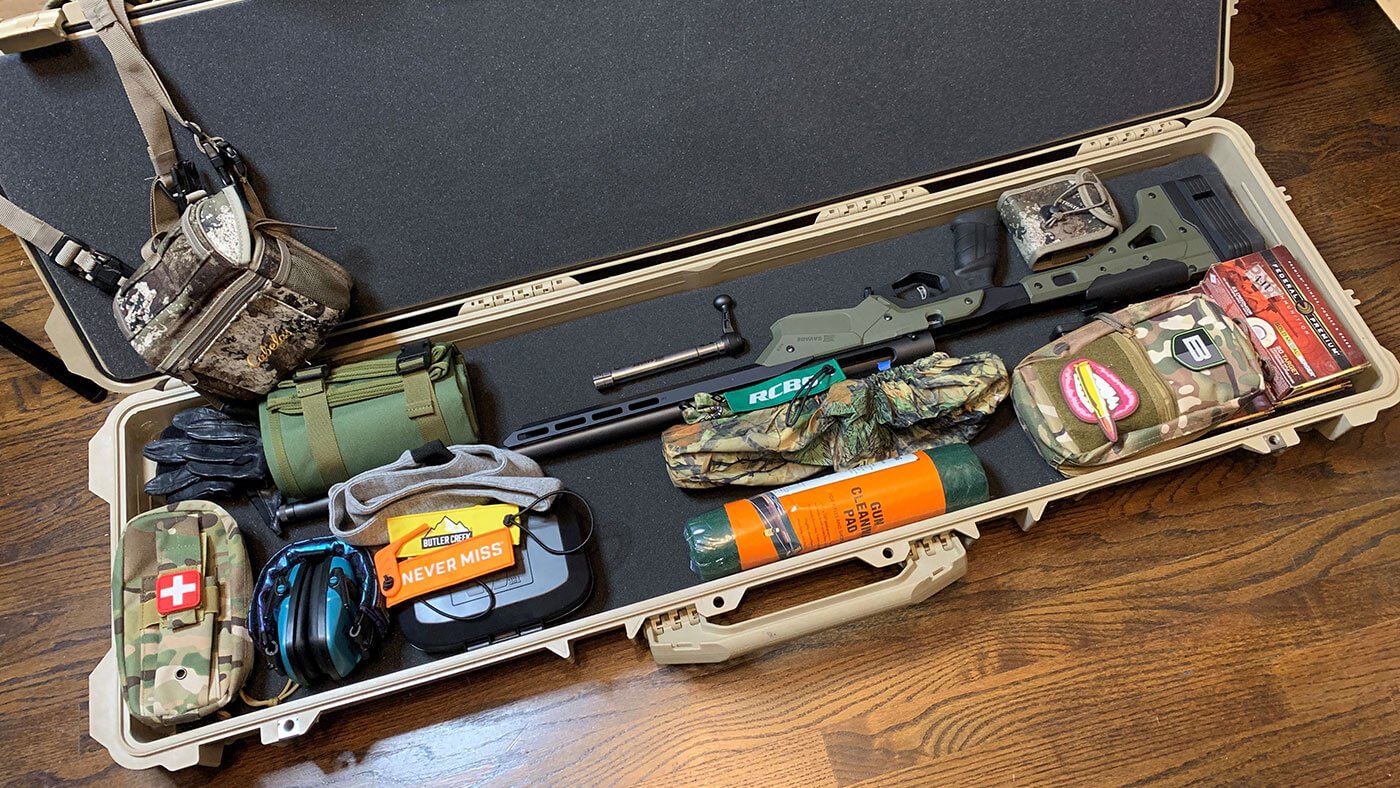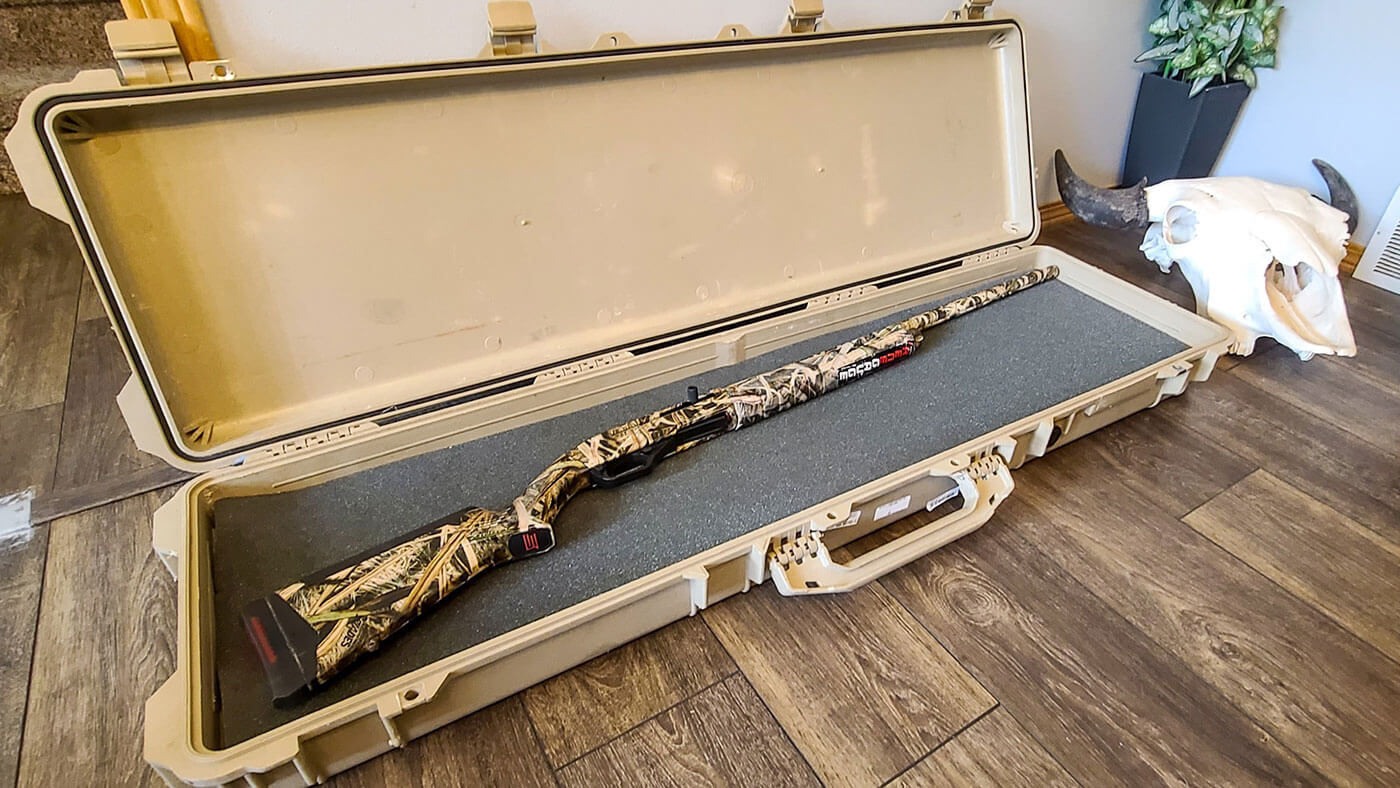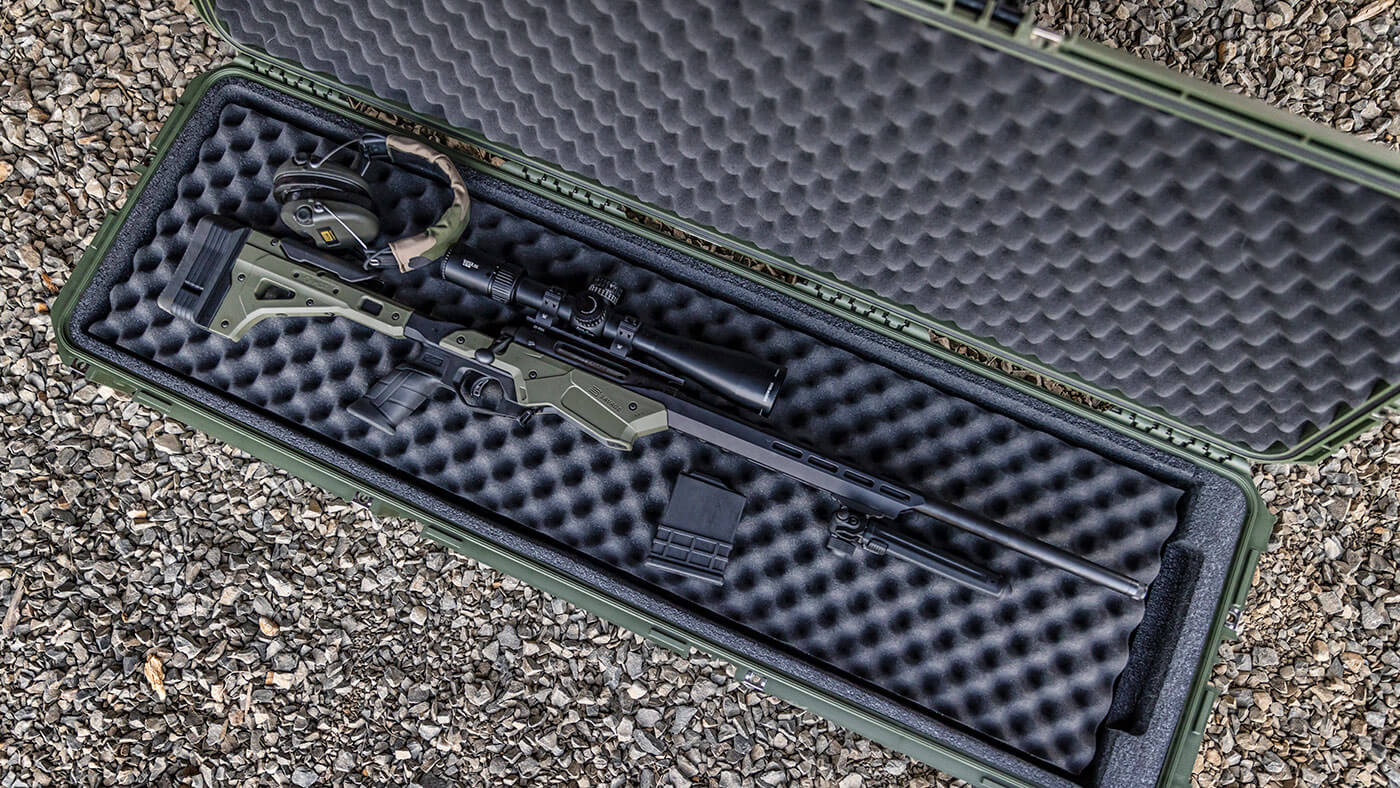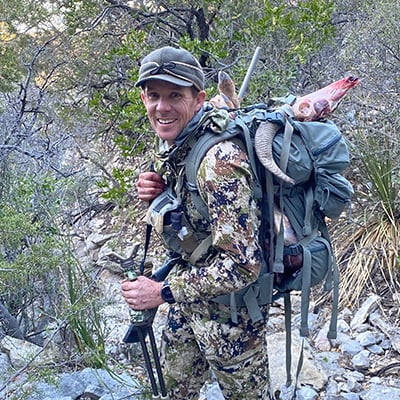- Savage Blog
- How to Fly with a Firearm Hassle-Free
How to Fly with a Firearm Hassle-Free

Knowing how to fly with a firearm is the trick to hassle-free travel. Know the rules, comply with the laws, and don't sweat the small stuff.
I was terrified. I'd taken my compound bow on many airplane rides, but this was the first time I would be checking a rifle. I figured it would be a TSA nightmare, and the night before my flight, I got little sleep.
Lucky for me, I'd read an article like the one you're about to read. The author's advice was spot-on, and because I did my homework, dotted my I's, and crossed my T's, TSA was painless. Plus, my rifle/scope combo arrived in one piece, and when I sent my first round downrange, it hit 1.5-inches high at 100 yards, right where it needed to be.
At one point, flying with a firearm may have been an absolute pain, but today, the process is much more streamlined. Before buying a case, locks, etc., your first mission is to visit tsa.gov and read the straightforward rules.

The Process
The main thing is to make sure your case is a hard-sided container and is a container that will accept a lock. You may use any brand or type of lock; however, I recommend using a key entry lock. More to come on why.
As for case choice, there are multitudes to choose from, but I recommend those from Plano, Lakewood, SKB, and Pelican. You want your rifle protected, and these manufacturers have mastered the process. Choose a roomy case that will hold ammo, magazines, and the like, as you can't tote these items in a carry-on. I also recommend picking a case with wheels, making transport through airports effortless.
When packing your firearm, remove the magazine and double-check that both the gun and the magazines are empty. You are OK to store your ammo in your locked case, but be sure the ammo is not loose. You can tote it in an ammo-certified metal case or leave it in the cardboard box it came in when you purchased it. If hauling a bolt-action rifle, I recommend pulling the bolt. It's a good idea to utilize space in your case. I do this by packing as much of my hunting clothing in the case as possible. Not only does this save room in other baggage, but it provides extra support for your rifle.

After packing your case, fill out a card with your first and last name, email, phone number, and mailing address and put it inside the case. No, this is not a must-do, but it's another positive step to ensure anything lost is returned to you. I've never had a firearm not make it to its destination, but it's possible, and if it does happen, I want to know I've done everything in my power to make the get-it-to-me process ultra-simple.
Next, and I know this likely sounds redundant, practice locking and unlocking your case — not just the latches — but the keyed locks. You want the process to go smoothly, and if a TSA representative wants you to open the case to ensure you're complying with all TSA regulations, you'll be able to perform the task in the blink of an eye. This is why I like to go with keyed locks over combination locks. Store your case keys on your vehicle key ring, and keep an extra in your carry-on luggage. Keys are easy to use. Plus, one time, I watched a guy have a complete and total meltdown when he couldn't remember his combination.
Lastly, be sure to fill out a luggage tag and store that luggage tag in a waterproof, laminated tag storage device, and lash that tag to the outside of your case.
You're rolling now. When I arrive at the airport, I move my firearm and other baggage to the ticket counter and say to the attendant, "Hello, my name is Jace Bauserman, and I want to declare a firearm." It's that simple and that painless. I've had to accompany a TSA representative to an x-ray machine and open my case for them, which is zero hassle. Most of the time, though, I declare it and walk to security. The key is staying calm and relaxed. It doesn't mean something is wrong if they want to open your case or ask you to open it. It doesn't mean you'll miss your flight and the hunt of a lifetime. Remember, stay calm and do what they say.
That's it. That's the entire process from start to finish. You don't need to freak out, and you don't need to arrive at the airport six hours early because you have anxiety about something going awry. TSA isn't going to storm down the halls chasing you, and you will not be locked in a little room and interrogated. Know and follow the rules, and the process will be silky smooth.
When You Reach Your Destination
Upon arrival at your final destination, it's common for firearms not to come out with regular luggage. Often, rifle cases are considered oversize baggage, and you'll need to collect your gun from the oversize baggage claim.
Once you reach your final destination and unlock your case, you may find a TSA inspection card inside your case. This doesn’t happen on every trip but is the standard operating procedure, so don't freak out if you see a little TSA card in your rifle case.
Before starting your hunt or shooting escapade, your last mission is to go through all of your gear, inspect it for damage, and then head to the range and check your zero. Over the past 15 years, I've flown hundreds of times with a rifle, and only twice that I can remember did I have to re-sight in, but it's always important to double-check.

There you have it — everything you need to know about how to fly with a firearm. Don't sweat it; it's uber-simple.

